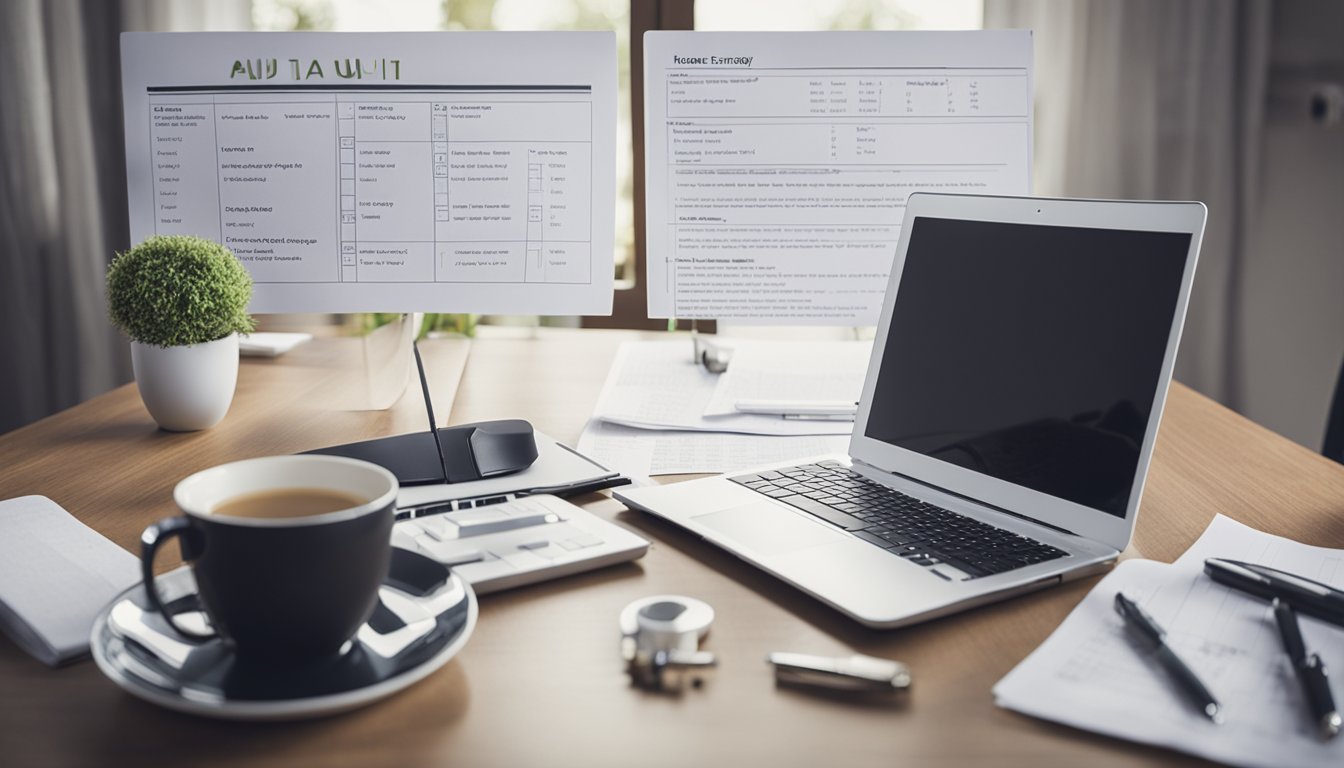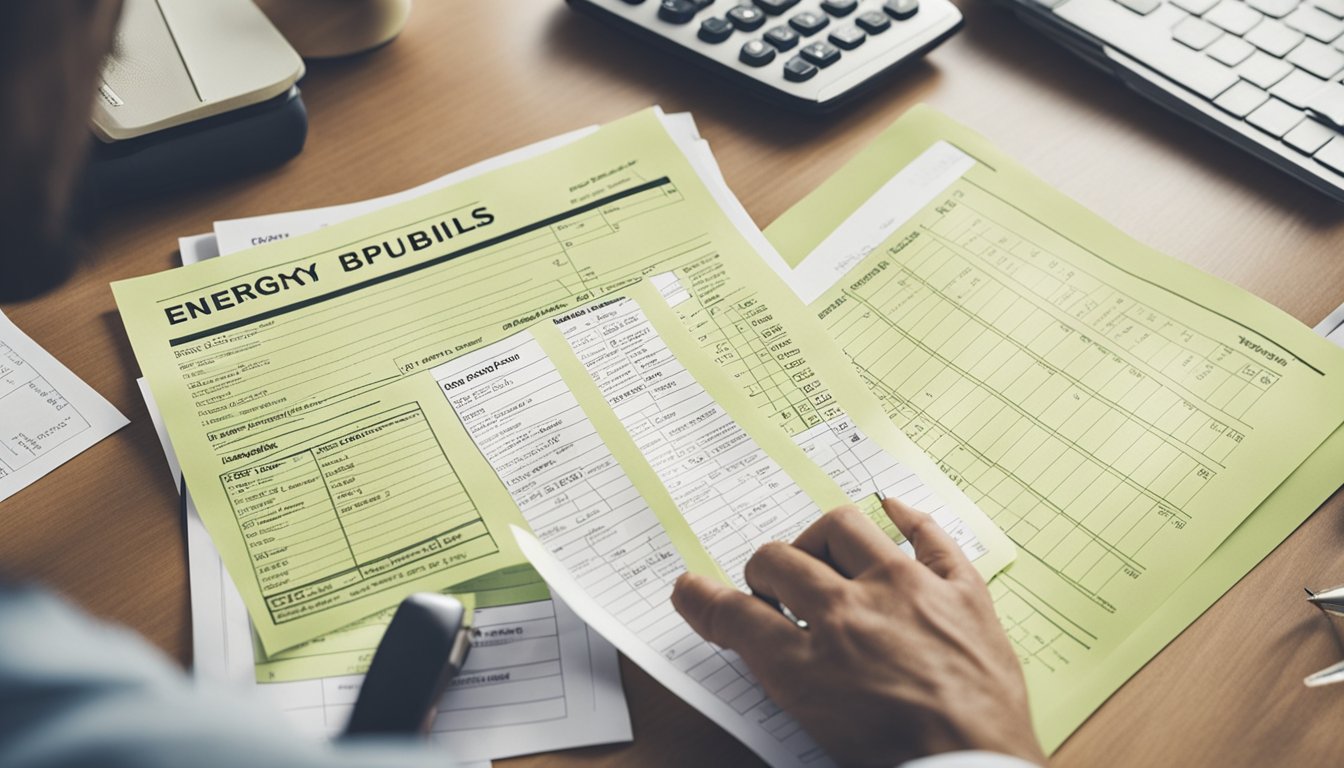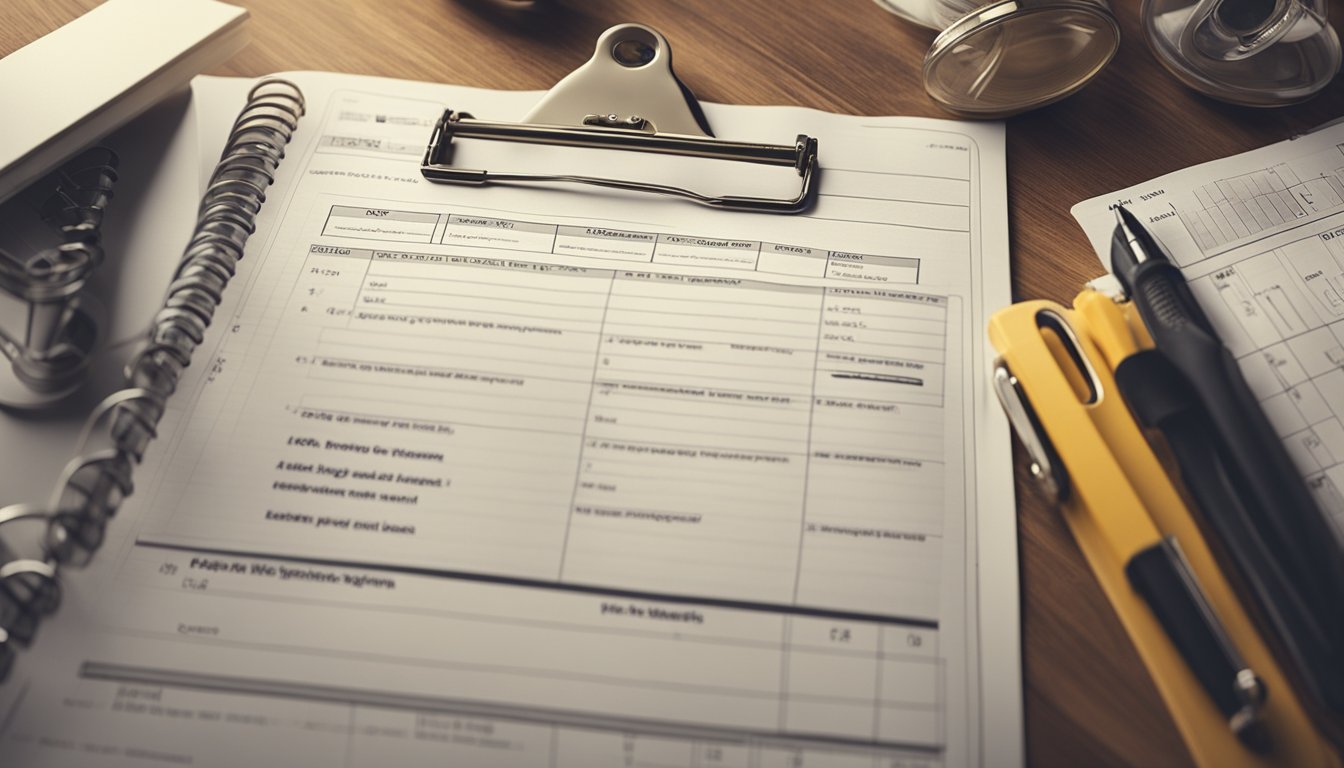Late updated: 08 Aug 2024 12:08
Written by: Eleanor Hartman
How To Create A Home Energy Audit Checklist: Essential Steps For Efficient Energy Use
Creating a home energy audit checklist is an excellent step towards improving the energy efficiency of our homes. By identifying areas where energy is being wasted, we can implement practical changes that lead to significant savings on utility bills. This process not only benefits our wallets but also contributes to a more sustainable environment by reducing our carbon footprint.

A thorough home energy audit involves inspecting various elements of our homes, such as insulation, heating and cooling systems, and detecting air leaks. Ensuring these aspects are functioning optimally can prevent unnecessary energy loss. Using simple techniques, like holding a lit incense stick near windows and doors to find drafts, can reveal hidden issues that might otherwise go unnoticed.
Analysing our energy bills alongside our checklist helps in pinpointing patterns and anomalies. Understanding where most energy is consumed allows us to target specific improvements. As we go through our checklist, addressing these inefficiencies becomes a straightforward task, bringing us closer to a more energy-efficient home.
Key Takeaways
- Creating a checklist helps identify energy inefficiencies at home.
- Simple inspection techniques reveal hidden energy losses.
- Analysing energy bills identifies patterns and cost savings.
Conducting a DIY Home Energy Audit
Conducting a DIY home energy audit is a practical approach to identifying inefficiencies in your home's energy use. This process helps in pinpointing areas where improvements can be made to enhance energy conservation and reduce utility bills.
Understanding the Basics of Energy Consumption
We need to understand how energy is used in our homes. Common energy consumers include heating, cooling, lighting, and appliances. By identifying which areas use the most energy, we can focus on strategies to reduce consumption.
Using a home energy monitor can help track usage patterns. Observing our habits and making small changes can lead to significant savings over time.
Preparing Your Checklist
Creating a detailed checklist is essential for a thorough audit. We should list all the areas and elements we plan to inspect. Key components include:
- Insulation and ventilation
- Air leaks detection
- Heating and cooling systems assessment
- Doors and windows inspection
- Lighting and electrical appliances review
Having a checklist ensures that we don't overlook any important areas.
Inspecting Insulation and Ventilation
Proper insulation is crucial for maintaining energy efficiency. We should check the insulation levels in the attic, walls, and floors. Look for any gaps, cracks or missing insulation.
Ventilation also plays a key role. Inspect ducting and vents for any obstructions or leaks. Well-ventilated spaces help in reducing energy costs by maintaining balanced indoor temperatures.
Checking for Air Leaks
Detecting and sealing air leaks can drastically improve energy efficiency. On a windy day, holding a lit incense stick near windows and doors can identify leaks. If the smoke wavers, there's a draft.
We should consider weatherstripping or caulking to seal these gaps. For larger gaps, expandable foam sealant may be necessary.
Assessing Heating and Cooling Systems
Heating and cooling systems often account for a large portion of energy consumption. We should ensure that our systems are running efficiently.
Check for any unusual noises, leaks, or inefficiencies in performance. Regular maintenance, such as replacing filters and cleaning ducts, can enhance the system's efficiency.
Examining Doors and Windows
Doors and windows are common sources of energy loss. We should inspect the seals and frames for any signs of wear or damage. Properly sealed windows and doors prevent drafts and improve insulation.
Replacing single-pane windows with double-pane or adding storm windows can further enhance energy efficiency.
Reviewing Lighting and Electrical Appliances
Our lighting and electrical appliances also contribute to energy consumption. Switching to LED bulbs can reduce energy use significantly. We should also consider using smart lighting systems for more control.
For appliances, energy-efficient models are preferable. Unplugging devices when not in use or using power strips can reduce phantom loads, saving energy.
Analysing Energy Bills and Identifying Cost Savings

Understanding how to analyse your energy bills can lead to significant reductions in energy consumption and cost savings. By detecting inefficient appliances and making energy-efficient improvements, we can optimise our household's energy use.
Evaluating Utility Bills for Usage Patterns
The first step in analysing our energy bills is to scrutinise utility bills over the past year. Look for any spikes or patterns in energy usage.
Key points to note:
- Monthly consumption: Identify high consumption months.
- Rate changes: Monitor any changes in the rates charged by your utility provider.
- Seasonal variations: Understand how different seasons affect energy use.
Using these patterns, we can pinpoint the times of year when energy consumption is at its peak and strategise to reduce usage.
Detecting Inefficient Appliances
Inefficient appliances are often the culprits of high energy bills. By conducting a thorough review of our household appliances, we can pinpoint these energy hogs.
What to do:
- Check appliance age: Older models generally consume more energy.
- Energy ratings: Look for the Energy Star label or equivalent for efficiency.
- Operational habits: Assess how often and when appliances are used.
Replacing outdated appliances with energy-efficient models can lead to substantial energy savings and lower utility bills.
Understanding Energy Ratings and Upgrades
Understanding the importance of energy ratings is crucial. The ratings provide insight into the efficiency of appliances and potential savings.
Important considerations:
- Energy Star ratings: Appliances with this label meet strict efficiency criteria.
- R-value: For home insulation materials, a higher R-value means better insulation.
- Potential upgrades: Invest in high-efficiency HVAC systems, water heaters, and LED lighting.
Energy ratings are not just numbers; they translate to tangible savings on our energy bills and a reduced environmental impact.
Implementing Energy-Efficient Improvements
Implementing energy-efficient improvements is the final step in our energy audit process. These improvements can range from simple changes to major upgrades.
Key improvements:
- Insulation: Upgrading insulation can significantly reduce heating and cooling costs.
- Sealing leaks: Ensure doors and windows are sealed properly to prevent energy loss.
- Smart thermostats: These devices can optimise heating and cooling schedules.
By making these adjustments, we can achieve considerable energy savings, further reducing our utility bills and enhancing our home's overall energy efficiency.
Frequently Asked Questions

Below are detailed answers to common queries related to creating a home energy audit checklist. These responses aim to aid in your understanding of the process and what to expect.
What items should be included on a home energy audit checklist?
A home energy audit checklist should include various key elements. We should inspect the insulation levels in attics and walls, check for air leaks in windows and doors, and evaluate the efficiency of HVAC systems. It's also important to review the lighting, appliances, and water heating systems to identify potential energy savings.
How can I conduct a home energy audit myself?
Conducting a home energy audit ourselves involves taking a systematic approach. We should start by walking through each room and noting areas where energy might be wasted. Simple checks, like feeling for drafts near windows and doors, inspecting insulation, and ensuring appliances are energy-efficient, can reveal significant insights. Using tools like infrared thermometers can also help detect hidden issues.
What are the steps involved in performing a professional home energy audit?
A professional home energy audit typically includes a series of advanced steps. The auditor begins with a thorough inspection of the home, including a blower door test to measure air leaks. They might also conduct thermographic scans to identify insulation gaps. After the assessment, we receive a detailed report outlining recommended improvements and potential energy savings.
In what ways does an energy audit differ from a home inspection?
An energy audit is distinct from a home inspection in its focus and purpose. While a home inspection looks at the general condition and safety of the property, an energy audit zeros in on energy efficiency. We evaluate how the house consumes energy and identify specific measures to reduce consumption and costs.
What preparations are necessary for a comprehensive home energy audit?
To prepare for a comprehensive home energy audit, we should gather utility bills from the past year to provide an accurate energy usage history. It's helpful to make a list of any known issues, such as drafty rooms or high energy bills. Ensuring all areas of the home, including the attic and crawl spaces, are accessible can facilitate a thorough audit.
Can I obtain a home energy audit at no cost, and if so, how?
It is possible to obtain a home energy audit at no cost in certain circumstances. Many utility companies offer free energy audits as part of their customer service programs. We can contact our service provider to inquire about available options. Additionally, some government programmes provide free audits and rebates for energy efficiency improvements.